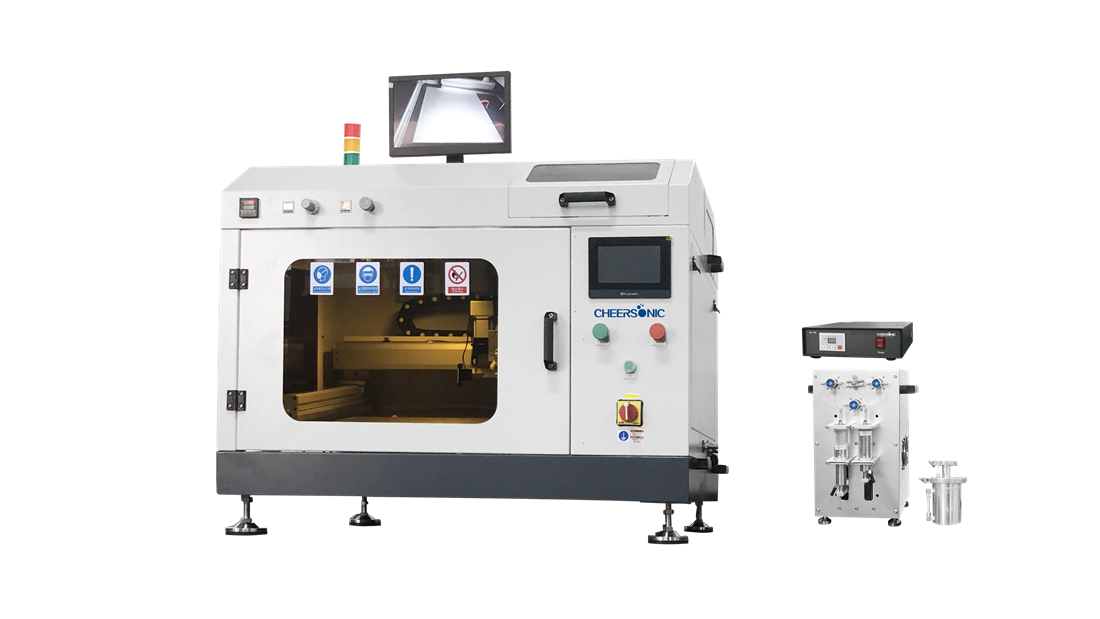Parylene Coating
As commonly used in the medical industry, parylene coating refers to an organic coating material with a polycrystalline or linear structure. The parylene coating is very thin, smooth, chemically inert and has dielectric properties. In addition, parylene can perfectly conform to the matrix because it can adhere to it molecule by molecule. The coating has many uses, for example, because of its biocompatibility, medical devices can be implanted in the body with less resistance.
Ultrasonic spray deposition polymerization
Ultrasonic spraying can effectively deposit the parylene layer. Ultrasonic spraying has advantages in dealing with complex geometries and can ensure complete coverage of all product surfaces without orange peel. The soft atomized spray can adhere well to the surface, and the morphological characteristics of the coating can be adjusted by modifying the process parameters. High-pressure spraying and air atomizers cannot apply the coating uniformly like ultrasonic coating systems. Compared with dip coating, the coating applied by ultrasonic is much thinner, which saves spray material while avoiding orange peel.
Parylene type
Due to different chemical structures, a variety of parylenes can provide different degrees of dielectric strength, biocompatibility, low permeability, moisture resistance, and high temperature resistance. Such types of parylene include:
Parylene N: The structure of Parylene N is linear, and each molecule is composed of a combination of hydrocarbons.
Parylene C: It is also a combination of carbon and hydrogen. Parylene C contains a chlorine atom instead of a hydrogen atom in each molecule. Parylene C has high moisture resistance.
Parylene D: Similar to Parylene C, Parylene D contains two chlorine atoms instead of two hydrogen atoms. Parylene D can withstand temperatures up to 125 degrees Celsius, but its biocompatibility is not enough to be widely used in medical equipment.
Parylene HT: This parylene contains fluorine atoms instead of hydrogen atoms. Parylene HT can withstand temperatures up to 350 degrees Celsius and is stable to ultraviolet rays. Due to its small molecules, it is the strongest parylene when applied because it can reach even the smallest corners.
Parylene coatings have many characteristics. They are all lightweight, provide maximum barrier protection for their light weight, and can also provide higher strength when used to coat wires. Since the parylene coating is transparent, it is suitable for medical equipment where visibility is critical.
Parylene coating application
Most materials that can withstand the deposition process (in the vacuum chamber) can be coated with parylene. Materials such as paper, plastics, ceramics, chromium, stainless steel and silicon can all process parylene. The type of parylene coating is developing rapidly to adapt to the technological development of the medical industry. In this industry alone, parylene coatings are used in countless types of equipment, including electrosurgical devices, pacemakers, heart pumps, electric surgical instruments and stents.


